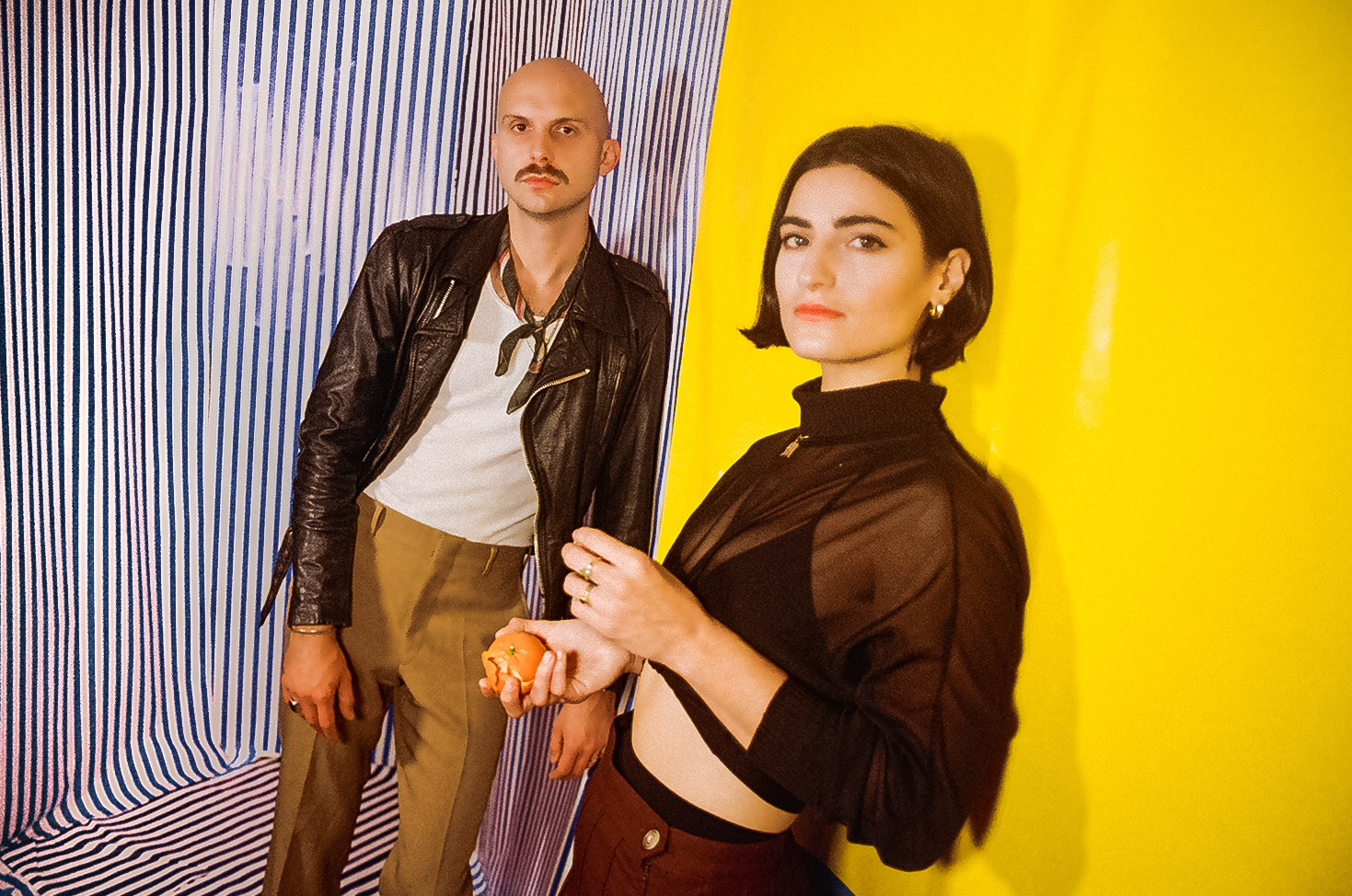In 2014, Atina Brown and John Swilley met at a recording session. Swilley was already in a band while Brown was a curious spectator who initiated the symposium. They recorded a song together that night and, as they say, the rest was history. Today, they’re the two parts that make up the Atlanta-based band Mattiel (which is also Atina’s middle name). Brown is on vocals while Swilley mans drums, guitar, and much of the other production elements. Before their most recent album, Georgia Gothic (released on March 18 of this year), the duo put out two records (Mattiel [2017] and Satis Factory [2019]), both remotely composed with Brown and Swilley in entirely separate locations. Georgia Gothic, however, was done a little differently as the twosome confined themselves to a secluded cabin in Georgia to write and record all eleven songs within a week.
“I would start playing some chords on either piano or guitar and see what Mattiel was liking,” Swilley told Gigwise. “Just flesh out progressions and structure, then take that and go and write lyrics. Then we’d pretty much flesh out the song that way.”
As their serendipitous beginning suggests, Mattiel’s trajectory wasn’t always clear cut or conclusive. In fact, Brown didn’t even sing in public until she was 20 years old (she’s now 28) – an act born not of aversion but of reticence; Brown was much like a cornice waiting to break away from the edge of a cliff. Swilley, on the other hand, had long been a multi-instrumentalist. The dichotomy of the duo, however, never bleeds into their newest and, perhaps, freshest album, Georgia Gothic. It’s a record whose sound hops around like the flavors of a savory-sweet sample platter, and Brown’s vocals mixed with Swilley’s chords are as cohesive as a rich pâté on the perfect cracker.
“Spanning several different sounds is really important to me,” Brown told Rolling Stone. “I don’t want to be doing the same thing over and over on every song.”

Also Read
Hovvdy Spin Gold From the Yarn of Time
Sometimes, the album gives sad, dreamy desert music with ‘60s cadence and distinctive lyrical enjambment (“On the Run”). Other times, it’s fun, triumphant, and ‘80s-inspired with horns and synths that sound almost ska (“Lighthouse”). And then, even again, Georgia Gothic transcends quintessential musical sound and manages to register like an unrelenting storm that’s been dumping for days (“Blood in the Yolk”). The album suitably and smartly concludes with a song called “This is How it Ends.” Perhaps the finest and most fitting track on the album, the tune sounds like what might play as the two members of Mattiel – dressed in the same resplendent, red leather garments as the album cover of Georgia Gothic – escort you to the flaming gates of hell where, of course, Satan himself is waiting with a smile.
When asked about the final song on the album, Brown told Document Journal, “…With ‘How It Ends,’ I don’t even know how those words came to my brain. But it ended up being something that kind of sounded like some executive dude in a suit that like, things weren’t working out for him anymore, and he decided to off himself. It’s really weird; I don’t know where that came from.”




